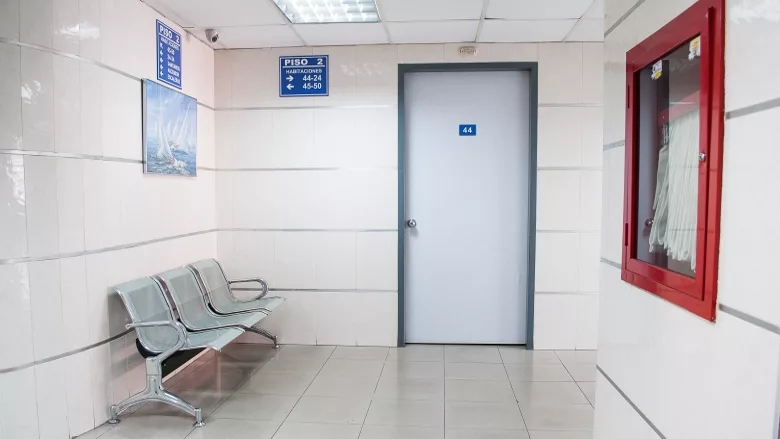Access control considerations for healthcare settings

92% of U.S. hospitals use electronic access control to some extent, representing a 13% increase since 2016.
The COVID-19 pandemic accelerated the adoption of security technologies and touchless solutions, according to the 2022 Health Care Trends Report from Allegion. The report surveyed 100 decision makers from across leading U.S. health systems.
COVID-19's effect on hospital security
Beyond PPE and touchless access control, the study unveiled how COVID-19 accelerated the adoption of new security and safety measures aimed at protecting people and physical assets. Many strategic initiatives around door hardware and access control have been adopted since the pandemic, according to the report.
- 73% added extra layers of security to limit the spread of infection while protecting people and property.
- 59% added touchless technology at openings and 62% electrified openings with access control.
- 61% are using hands-free or touchless access products more than before the COVID-19 pandemic.
Electronic access control adoption
Adoption escalated throughout the healthcare market over the last five years, especially among larger facilities located in urban and suburban markets, according to the report. Common areas with electronic door hardware in place include surgical suites, nurseries, behavioral health units and equipment rooms.
- Of those using connected systems in their facilities, 82% are using hardwired electronic access control products, and 71% are using wireless technologies.
- Healthcare professionals cite cost (34%) and lack of budgets (28%) as primary barriers to widespread electronic access control adoption.
Patient accommodations in access control
Facilities have become more accommodating for patients of all abilities and needs. The pandemic and an increased focus on mental health are cited as key drivers for these shifts.
- Over 80% of hospitals updated doors to meet ADA compliance over the last year.
- Changing door knobs to levers (45%) and adding automatic door operators (44%) were the most common changes made in areas like patient rooms, common areas and restrooms.
For more report findings, click here.
Looking for a reprint of this article?
From high-res PDFs to custom plaques, order your copy today!






